Browse our archives by topic…
Databricks
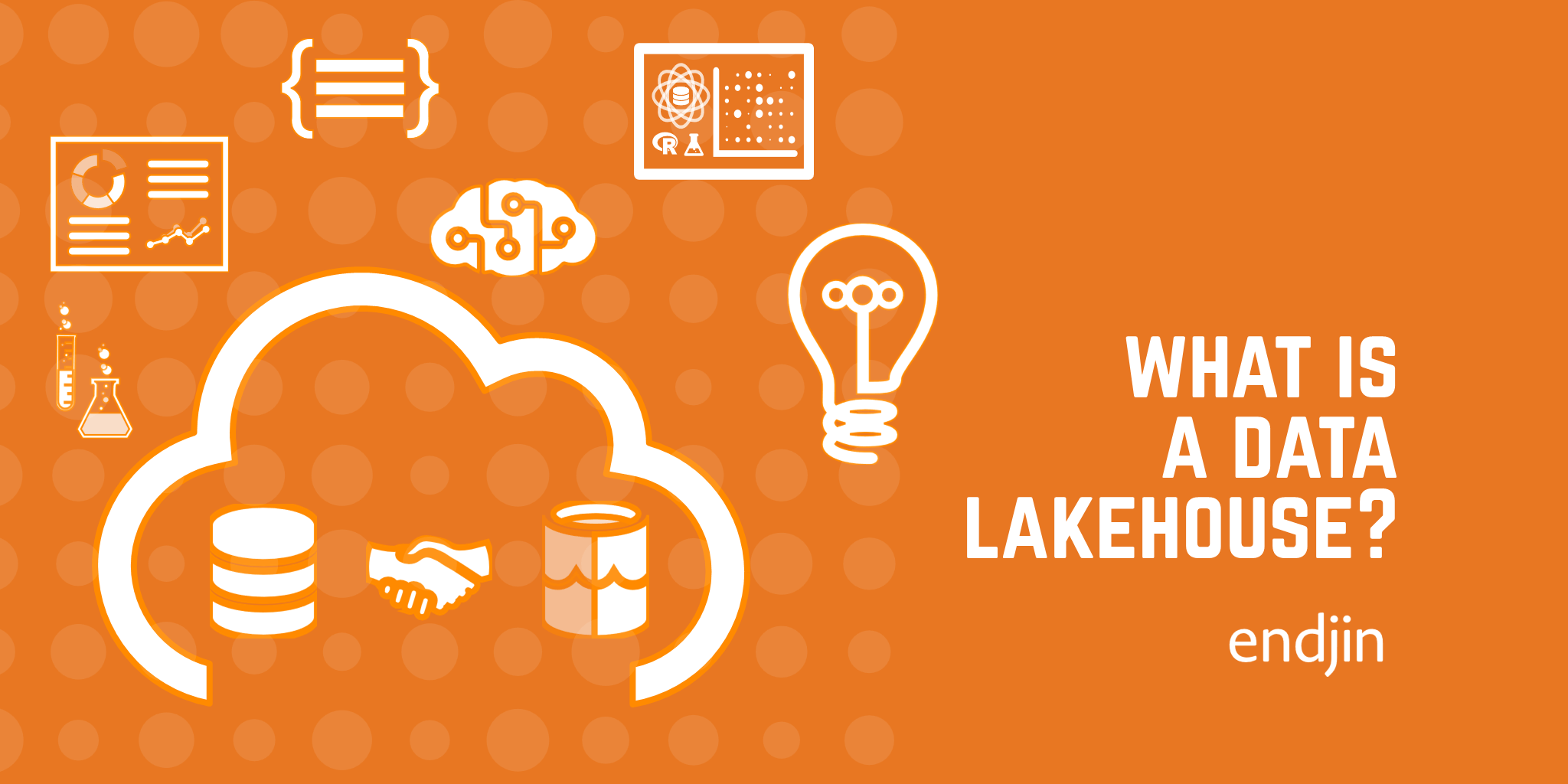
What is a Data Lakehouse?
What exactly is a Data Lakehouse? This blog gives a general introduction to their history, functionality, and what they might mean for you!
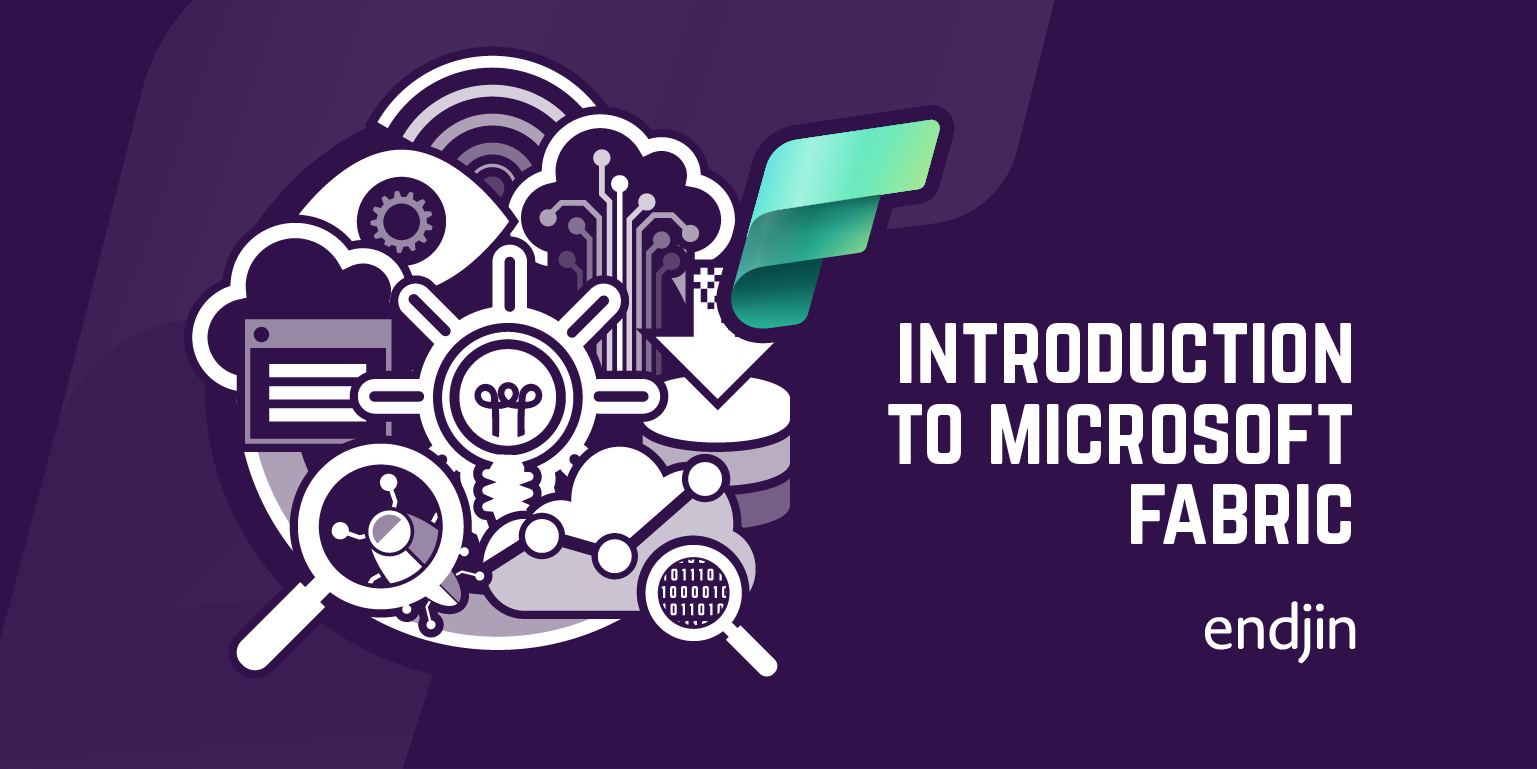
Intro to Microsoft Fabric
Microsoft Fabric unifies data & analytics, building on Azure Synapse Analytics for improved data-level interoperability. Explore its offerings & pros/cons.
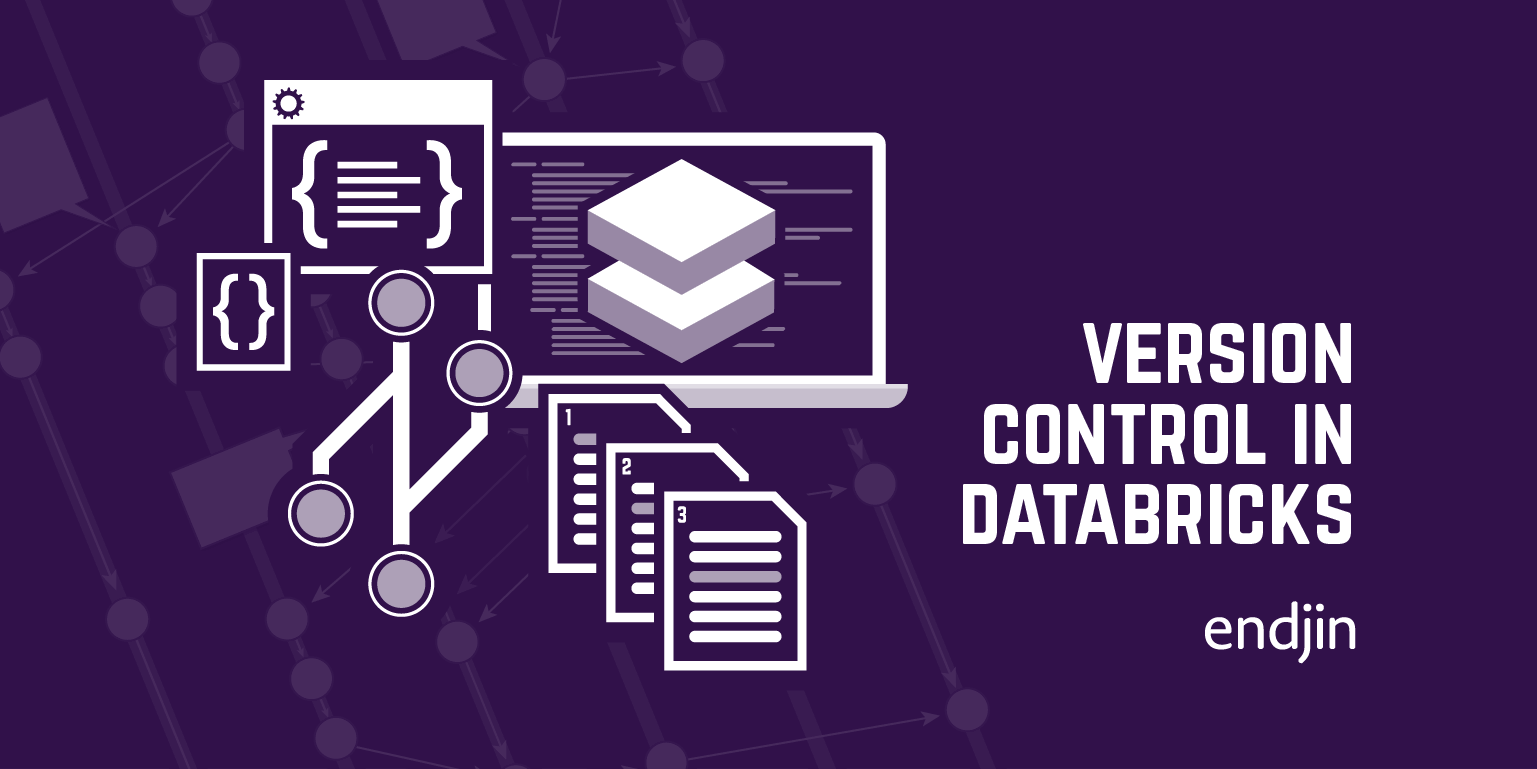
Version Control in Databricks
Explore how to implement source control in Databricks notebooks, promoting software engineering best practices.
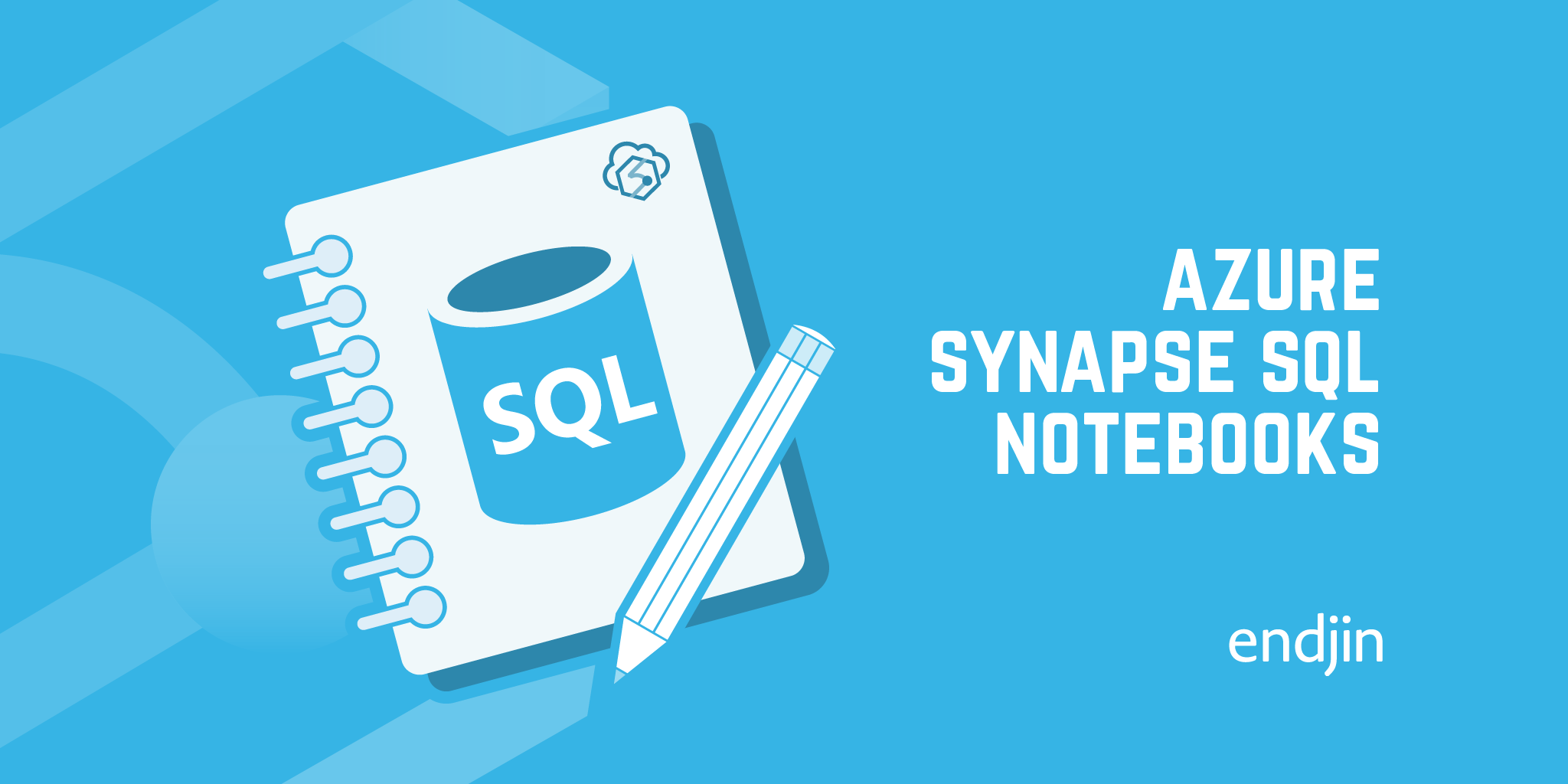
How to use SQL Notebooks to access Azure Synapse SQL Pools & SQL on demand
Wishing Azure Synapse Analytics had support for SQL notebooks? Fear not, it's easy to take advantage rich interactive notebooks for SQL Pools and SQL on Demand.
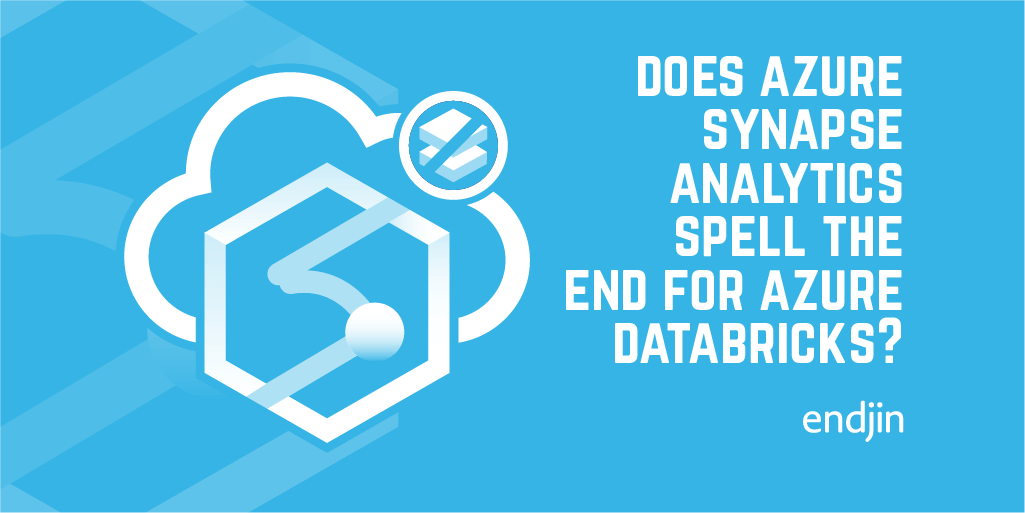
Does Azure Synapse Analytics spell the end for Azure Databricks?
Explore why Microsoft's new Spark offering in Azure Synapse Analytics is a game-changer for Azure Databricks investors.

Import and export notebooks in Databricks
Learn to import/export notebooks in Databricks workspaces manually or programmatically, and transfer content between workspaces efficiently.
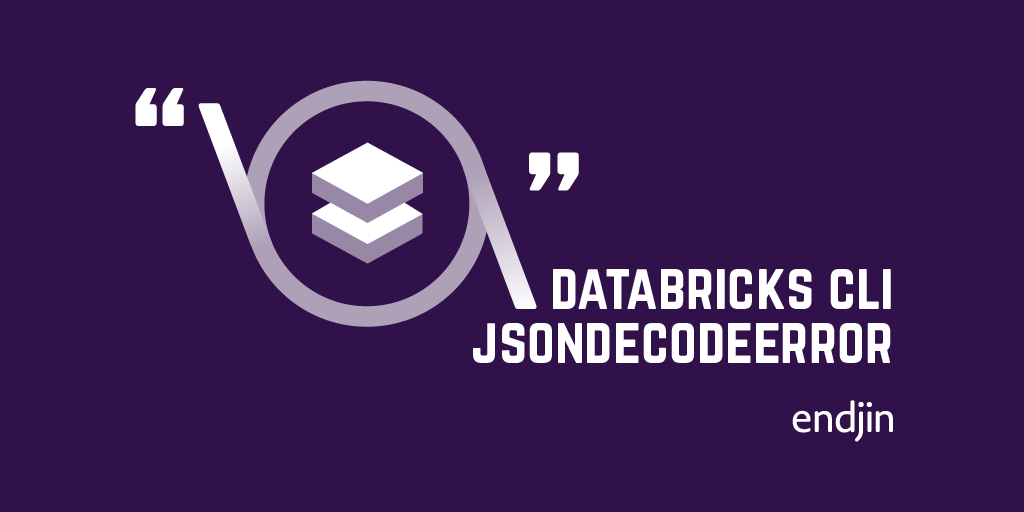
Azure Databricks CLI "Error: JSONDecodeError: Expecting property name enclosed in double quotes:..."
Explore solutions for JsonDecodeError in Databricks CLI & Clusters. Learn how pre-built CLIs/SDKs simplify requests & authentication in REST APIs.
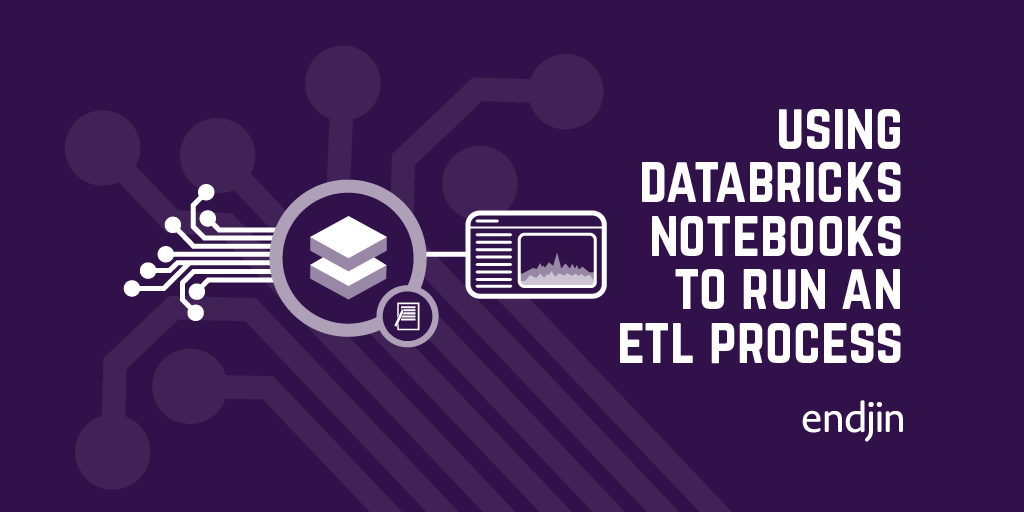
Using Databricks Notebooks to run an ETL process
Explore data analysis & ETL with Databricks Notebooks on Azure. Utilize Spark's unified analytics engine for big data & ML, and integrate with ADF pipelines.
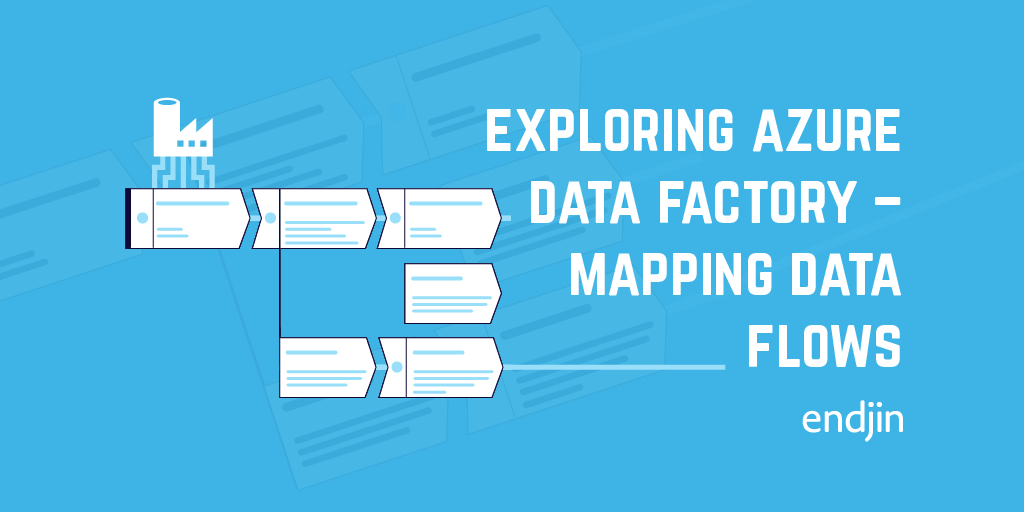
Exploring Azure Data Factory - Mapping Data Flows
Mapping Data Flows are a relatively new feature of ADF. They allow you to visually build up complex data transformation sequences. This can aid in the streamlining of data manipulation and ETL processes, without the need to write any code! This post gives a brief introduction to the technology, and what this could enable!